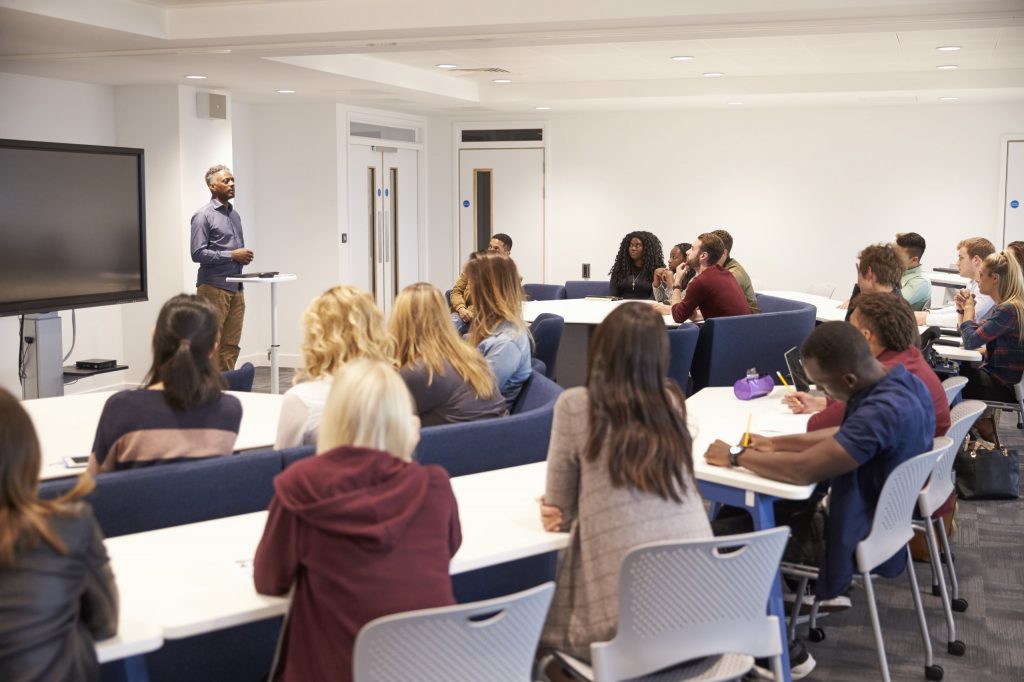When it comes to public speaking, your words are just part of the story. In fact, research shows that up to 70% of communication is nonverbal. How you move, your facial expressions, gestures, and posture all send powerful signals to your audience — often louder than the words themselves. Mastering body language is a key step toward becoming a confident and persuasive speaker.
1. Why Body Language Matters
Your body language shapes how your message is received. An open posture invites trust and connection, while crossed arms or avoiding eye contact can create distance or distrust. People instinctively read your nonverbal cues to judge your confidence, credibility, and sincerity — even before you speak a word.
2. The Power of Eye Contact
Maintaining steady eye contact helps you build rapport and hold your audience’s attention. It signals confidence and honesty, making listeners feel included in your conversation. Practice scanning the room and engaging with different people naturally, rather than staring at one spot or avoiding eye contact altogether.
3. Using Gestures Effectively
Hand gestures can emphasize key points, illustrate ideas, and add energy to your presentation. Use purposeful, open gestures rather than repetitive or nervous movements. For example, spreading your hands wide can express openness, while pointing or counting off fingers can help structure your message visually.
4. Posture and Movement
Standing tall with your shoulders back projects confidence. Avoid slouching or leaning on the podium, which can signal insecurity or disengagement. Move deliberately — walking closer to the audience at key moments or shifting weight can keep energy flowing and make your speech dynamic.
5. Facial Expressions Tell a Story
Your face reflects your emotions and helps your audience connect with your message. Smile to convey warmth, raise your eyebrows to show surprise or interest, and use expressions that match the tone of your content. A mismatch between words and facial expressions can confuse or distract listeners.
6. Practice with Awareness
Record yourself or practice in front of a mirror to become aware of your natural habits and identify any distracting movements. SpeakUp Masterclass offers exercises and coaching focused on body language, helping you align your verbal and nonverbal communication for maximum impact.
7. Bringing It All Together
Mastering body language is not about perfection, but authenticity. When your movements naturally support your message, you’ll appear more credible, engaging, and persuasive. Developing this skill takes time and practice — but it’s one of the most powerful ways to connect with your audience beyond words.

